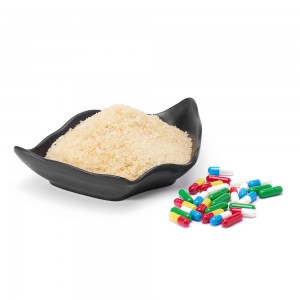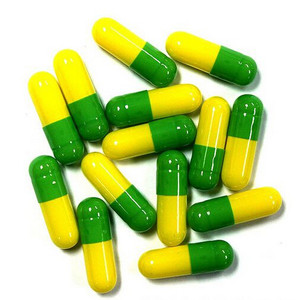THE HISTORY STORY OF GELATIN CAPSULES

First of all, we all know that drugs are difficult to swallow, often accompanied by an unpleasant smell or bitter taste.Many people are often reluctant to follow their doctors' instructions to take drugs because drugs are too bitter to swallow, thus affecting the effectiveness of treatment. Another problem that doctors and patients have faced in the past is that it is impossible to accurately measure the dosage and concentration of a drug because there is no uniform quantitative standard.
In 1833, a young French pharmacist, Mothes, developed gelatin soft capsules. He uses a method in which a specific dose of a drug is wrapped in a heated gelatin solution that solidifies as it cools to protect the drug. While swallowing the capsule, the patient no longer has the opportunity to taste the stimulant of the drug.The drug's active ingredient is only released when the capsule is taken orally into the body and the shell is dissolved.
Gelatin capsules became popular and were found to be the ideal excipient for medicine, as gelatin is the only substance in the world that dissolves at body temperature. In 1874, James Murdock in London developed the world's first hard gelatin capsule consisting of a cap and a capsule body.This means that the manufacturer can put the powder directly into the capsule.
By the end of the 19th century, Americans were leading the development of gelatin capsules. Between 1894 and 1897, the American pharmaceutical company Eli Lilly built its first gelatin capsule factory to produce a new type of two-piece, self-sealing capsule.
In 1930, Robert P. Scherer innovated by developing an automatic, continuous filling machine, which made mass production of capsules possible.

For more than 100 years, gelatin has been the indispensable raw material of choice for hard and soft capsules and is widely used.
Post time: Jun-23-2021







